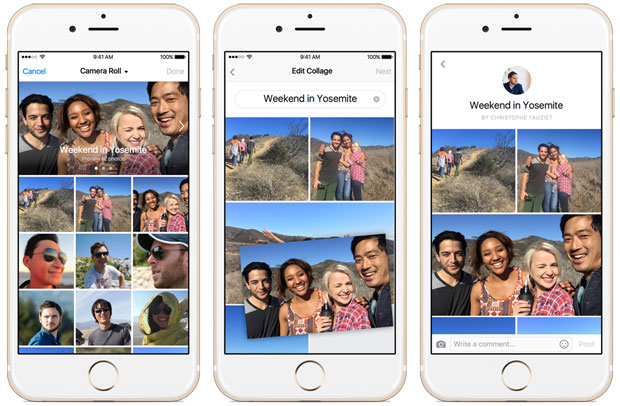Facebook last week launched a beta of its Live Video service for a small percentage of iPhone users in the United States. Live Video reportedly will be available for the Android platform at a later date.
Facebook also has launched a pilot to make it easier to share videos from mobile devices. Some iPhone and Android device users can tap the “What’s on your mind?” prompt to trigger a drop-down menu of the options they can share. The lessons learned from that will help Facebook decide which new items to share in the future.
“This has implications for the whole ecosystem, including Periscope, Meerkat, Google,” remarked Susan Schreiner, an analyst atC4 Trends.
Facebook Live Video “could potentially be very disruptive given the numbers Facebook has,” she told TechNewsWorld.
Social media sites are “moving away from the exchange of basic information, such as a Facebook news feed or Twitter account, to an experience where users expect more functionality, easier functionality, and greater sense of emotion,” commented Jason Dorsey, chief strategy officer at theCenter for Generational Kinetics.
Using Live Video
To begin broadcasting, users tap their news feed or timeline on the Facebook iPhone app, write a description for their broadcast if they want, then tap Go Live. To end, they tap Finish.
They can preselect their audience before going live.
During a broadcast, users will see the number of live viewers, the names of friends tuning in, and a real-time stream of comments.
They can block commenters during a live broadcast by tapping the profile picture next to a comment and then tapping Block. They also can unblock someone they’ve previously blocked.
Broadcasts cannot exceed 30 minutes. They will be saved on users’ timelines when they’re over and then can be deleted or saved.
“Facebook Live Video has the chance to bridge a digital and emotional gap that exists on Facebook today,” the Center for Generational Kinetics’ Dorsey told TechNewsWorld.
Seventy-seven percent of Americans feel more deeply connected to people who send them messages, including a personal picture, video or music, and 66 percent wanted a way to make standard electronic communications such as email more personal and special, according to a nationwide study in the U.S. conducted by the center andGift Card Impressions.
The Money Game
“Live video is a great way to show your online friends and the public what you’re doing at the moment,” Brian Blau, a research director atGartner.
Companies also could use it to bring their own live events to customers on Facebook, he told TechNewsWorld.
Live Video potentially could be a huge source of income.
“Facebook’s going to have to start to think about monetization,” C4 Trends’ Schreiner predicted.
Seventy-four percent of business-to-consumer marketers and 92 percent of business-to-business marketers use video in their marketing efforts, according to a report this year byContent Marketing Institute andMarketingProfs.
Video will account for 79 percent of all traffic by 2018, Cisco reported.
Video viewers are 1.7 times more likely to make a purchase than nonviewers,Invodo said.
Coming Up with Collage
Facebook on Thursday also updated its iPhone app to add Collage, a feature that lets users create collages consisting of photos and videos, arranging them in grids rather than a scrolling list as was done before.
Users can edit a collage and can title it before sharing.
Collage will be extended to Android devices early next year.
Going All Visual
The rollout of Collage and Live Video are “a continual progression of adding more sophisticated and rich media to common and everyday online interactions such as social networking,” Gartner’s Blau said.
“Pictures will start to move; video will become interactive; and, with the gaining popularity of advanced cameras such as 360-degree cameras, I think we will see even more rich media integrations in the future,” he commented. “We may see live video come to many of Facebook’s apps over the coming years.”























































